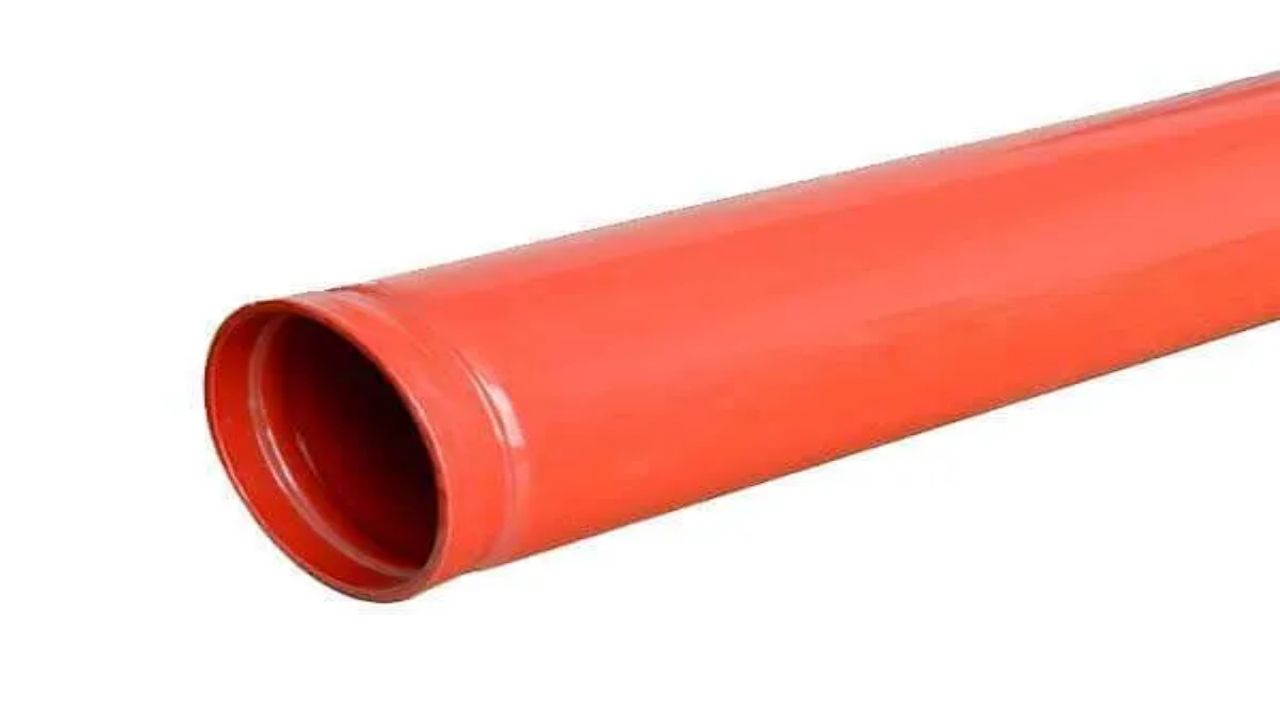As industries continue to evolve and become more complex, the demand for reliable, durable, and high-performance materials has significantly increased. ASTM A795 Steel Pipe, a reputable product within the pipeline industry, perfectly fits this bill. It is a fire-resistant steel pipe designed and developed under the American Society for Testing and Materials (ASTM) standards.
ASTM A795, commonly used for fire sprinkler systems due to its high-temperature resistance, seamless structure, and flexibility, has made a significant impact in the industry. It can resist high-pressure water flow, making it ideal for fire suppression systems, plumbing, water distribution networks, and more. This material's significance stems from its durability, versatility, and contribution to safety across numerous industries.
Key Features of ASTM A795 Steel Pipe
The ASTM A795 Steel Pipe stands out among other piping materials due to its distinctive features. First and foremost, it is fire-resistant, providing reliable performance under high-temperature conditions, a crucial requirement for many industries.
Its strength and flexibility offer significant advantages in applications where high pressure is a factor. These pipes can endure harsh environments and high-pressure water flow, making them suitable for various applications.
Additionally, ASTM A795 pipes offer excellent weldability, making them easy to install and replace, significantly reducing the time and effort required in construction and repair tasks. Their hot-dip galvanized surface helps prevent corrosion, further enhancing their longevity.
Moreover, the ASTM A795 Steel Pipe is available in different sizes and schedules, allowing it to cater to a broad spectrum of industry requirements. Its availability in black and hot-dipped zinc-coated options provides flexibility in terms of aesthetic choices and further corrosion resistance.
Categories and Specifications of ASTM A795 Steel Pipe
ASTM A795 Steel Pipes come in two main types: Type E and Type S. Type E is categorized into Grade A and Grade B, based on the varying levels of strength. Grade A has a minimum yield strength of 30,000 psi, while Grade B offers a minimum of 35,000 psi.
Type S, on the other hand, is only available in Grade B, maintaining a minimum yield strength of 35,000 psi. The differentiation between the two types primarily lies in their methods of manufacture. Type E pipes are electric-resistance welded (ERW), while Type S pipes are made through a seamless process.
These pipes are available in nominal sizes ranging from 1/2 inch to 10 inches and can withstand pressures up to 300 psi. The variety of dimensions, pressures, and grades allows for extensive customization based on specific application needs.
Real-World Examples of ASTM A795 Steel Pipe Implementation
ASTM A795 Steel Pipes have been utilized in numerous large-scale projects worldwide, effectively demonstrating their robustness and versatility. For instance, they were used in the construction of New York's One World Trade Center, particularly in its fire suppression system. The ASTM A795 Steel Pipe's resilience and high-pressure resistance were critical in meeting the skyscraper's stringent safety standards.
Another significant project was the Beijing National Stadium, also known as the "Bird's Nest," where ASTM A795 pipes formed part of the comprehensive fire sprinkler system. Its ability to withstand extreme temperature fluctuations and pressures made it a reliable choice for such a large-scale structure.
Conclusion
The ASTM A795 Steel Pipe offers a reliable, durable, and versatile pipeline solution. Its high-temperature resistance, pressure endurance, and excellent weldability make it suitable for a wide array of applications, especially in fire suppression systems. The variety in types, grades, and sizes further enhances its adaptability to specific industry needs. Its successful implementation in various significant projects around the globe attests to its robustness and reliability. As industries continue to demand more from their materials, the ASTM A795 Steel Pipe stands as a testament to the importance of quality, strength, and versatility in pipeline solutions.


